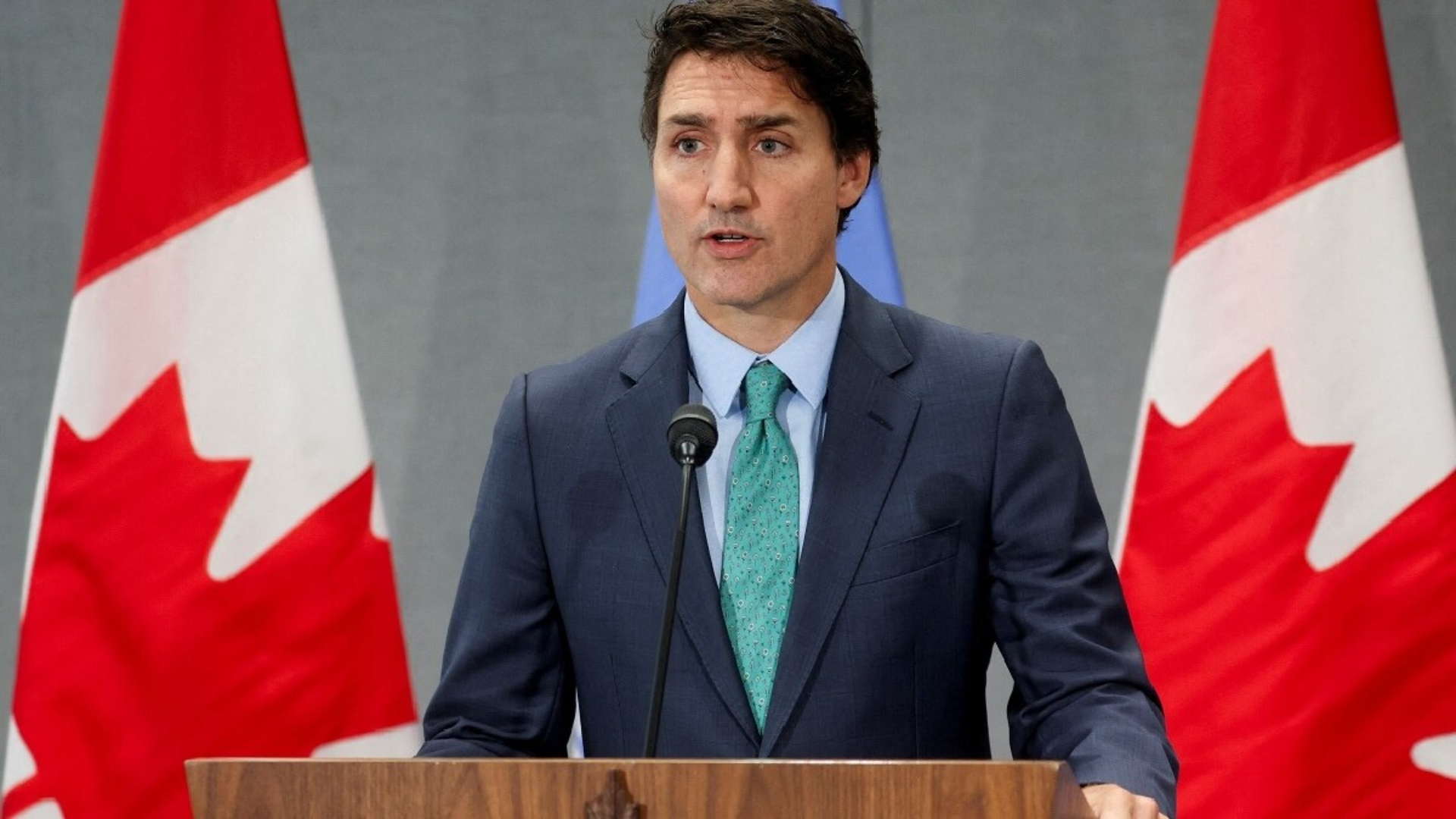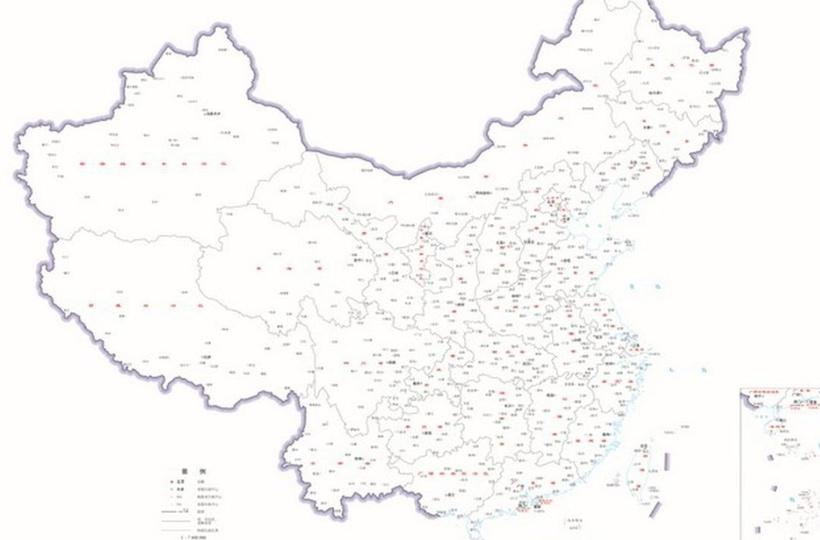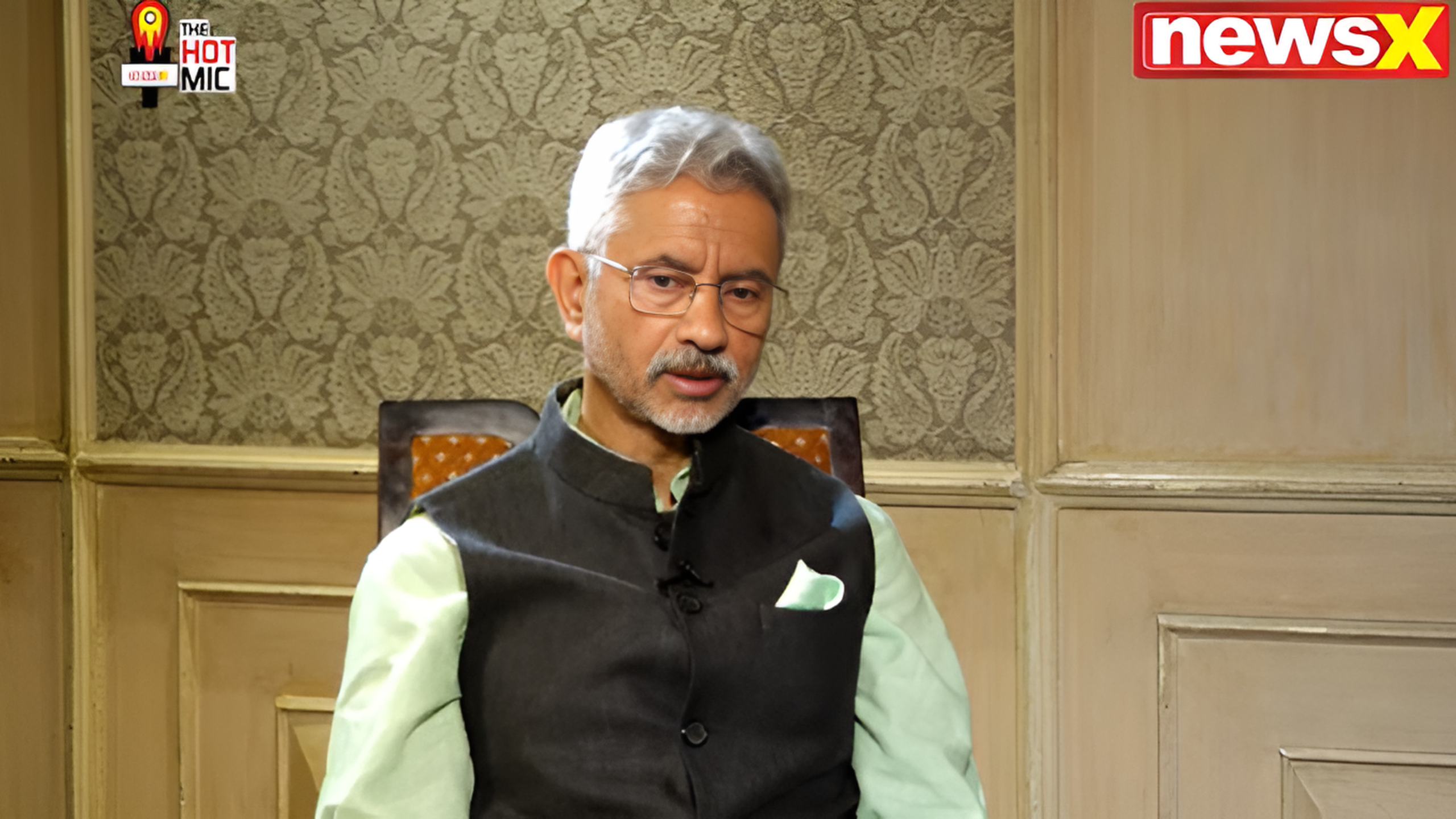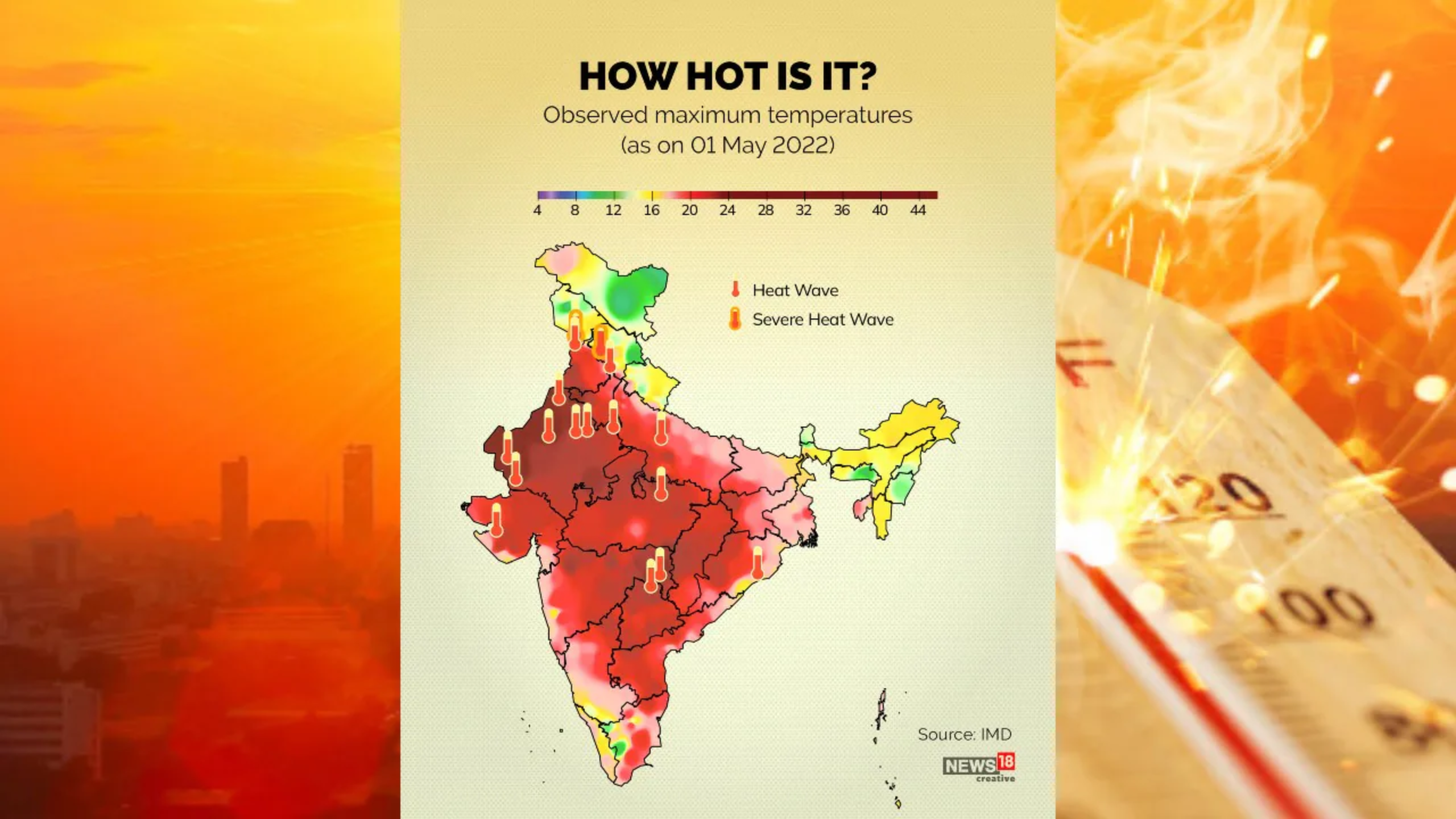










Following India and four other nations (Malaysia, Indonesia, Taiwan, and the Philippines) strong objections to China’s “standard map,” Vietnam has also dismissed Beijing’s claims in the Indo-Pacific’s East Sea region. Hanoi has firmly restated its unwavering position on sovereignty over Hoang Sa (Paracel) and Truong Sa (Spratly), decisively rejecting any of China’s maritime claims in the East Sea that rely on the “nine-dash line,” as reported by the Vietnam-based news platform ‘Vietnam’. On August 31, Pham Thu Hang, the spokeswoman for the Vietnamese Ministry of Foreign Affairs, issued a statement in response to China’s Ministry of Natural Resources (MNR) releasing the “standard map 2023,” which encompasses Vietnam’s Hoang Sa and Truong Sa.
“The issuance of the map as well as China’s “nine-dash line” claim show a violation of Vietnam’s sovereignty over Hoang Sa and Truong Sa, as well as Vietnam’s sovereignty, sovereign rights and jurisdiction over its waters as stipulated in the 1982 United Nations Convention on the Law of the Sea (1982 UNCLOS),” Vietnam + quoted Hang as saying.
“Therefore, the sovereignty and maritime claims based on the “nine-dash line” as reflected in the map are void and violate international law, particularly the 1982 UNCLOS,” she added.
On August 28, China issued its “standard map” for 2023, which includes its assertions regarding the nine-dash line and asserts a significant portion of the South China Sea.
India vehemently protested against China’s claims in this “standard map,” asserting that they lack any foundation for claiming Indian territory. The Ministry of External Affairs (MEA) stated that such actions by China would only further complicate the resolution of boundary issues.
Following India’s objections, Malaysia, Indonesia, Taiwan, and the Philippines also strongly protested against Beijing’s claims. Nevertheless, in an effort to portray itself as undisturbed, Beijing described the release of the “standard map” as a regular procedure and urged the concerned nations to perceive it with “objectivity and reason.”
“China’s position on the South China Sea is consistent and clear. The competent authorities of China routinely publish standard maps of various types every year, which aims to make standard maps available to all sectors of society and raise public awareness of the standardized use of maps,” the Chinese Foreign Ministry spokesperson Wang Wenbin said in a regular press conference today.
“We hope parties concerned can view it in an objective and in a rational light,” he said.
This isn’t the initial instance of Beijing employing such strategies. In April this year, China independently altered the names of 11 Indian locations, including mountain peaks, rivers, and residential areas.









